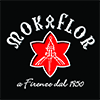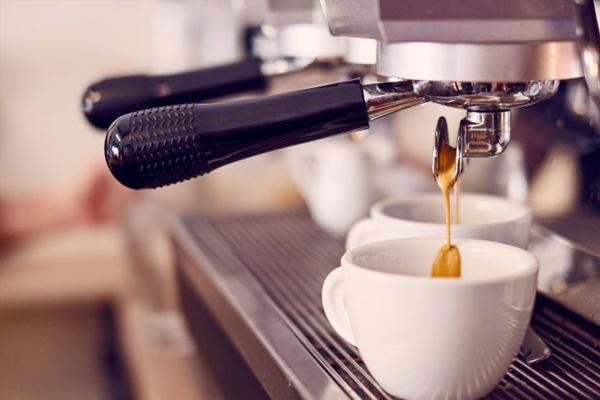“In the past, in Italy, coffee used to have the same price as newspapers” is a phrase we often hear at the bar or while discussing the age-old question of the price of coffee with friends in Italy.
But is this the truth? Let’s try to find out with a journey through history. The price of coffee at the bar is a very sensitive topic in Italy. Especially in these times, with the high inflation, raw coffee and energy price increases.
How can we define if a coffee is too cheap or too expensive? Which parameters are we using, to judge? Especially in Italy, one of the most frequent links we make is that of the price of newspapers due to an old belief that these had to be aligned.
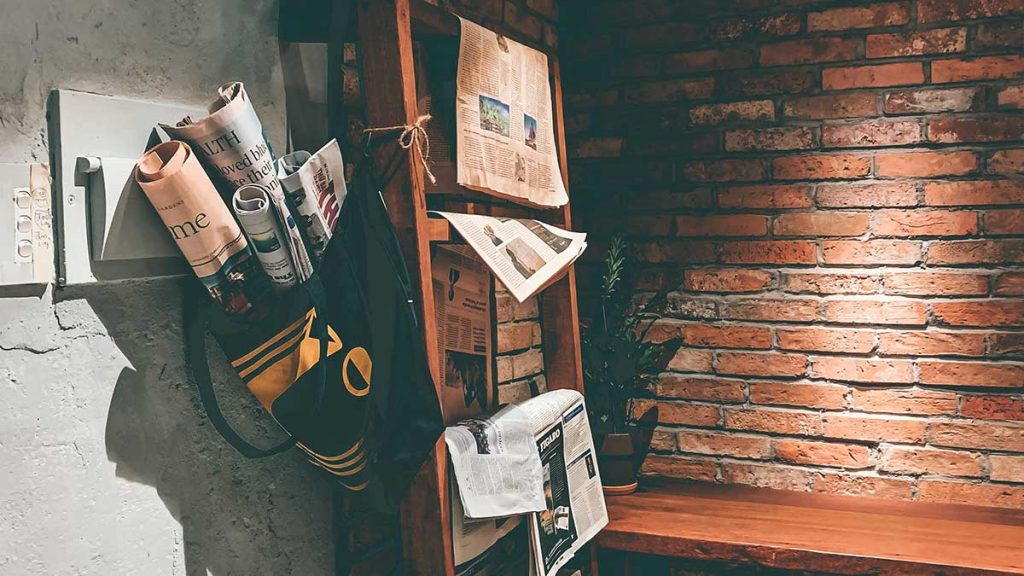
The reason for this belief is a bit misleading, since we’re very aware there are other reasons that lead to defining pricing in a strategic price planning. First of all, the choice and price of raw materials, the competition and our target market are just a few aspects that can change the price.
Apparently there’s been a moment in our country’s history, when the price of coffee and that of newspapers were correlated.
In this video of our “Aprire un Bar” Youtube channel, we try to understand this phenomenon by analyzing the price of espresso and newspapers from 1945 to today. Not only that: through various historical sources, we were able to define an average salary at that precise moment in time, also calculating more or less how many coffees an average worker could have per day (about 60 espressos per month).
War and Coffee
Immediately after the Second World War, newspapers cost five times less than one espresso. The reasons are many. First of all, mass consumption of coffee in bars hadn’t started yet. Also, the technology linked to coffee machines was still quite antique backward (steam machines were still used in bars) and the newspaper represented a primary good, the ‘only form of information for those who wanted to keep up to date, as well as a strong source of political information (think of newspapers such as “L’unità” or “L’avanti”). A quick comparison shows that the famous 2 coffees a day, at the end of the month, would have weighed around 11% of what was the average salary at the time, thus making a cup of coffee an exception just a few could afford.
The economic boom
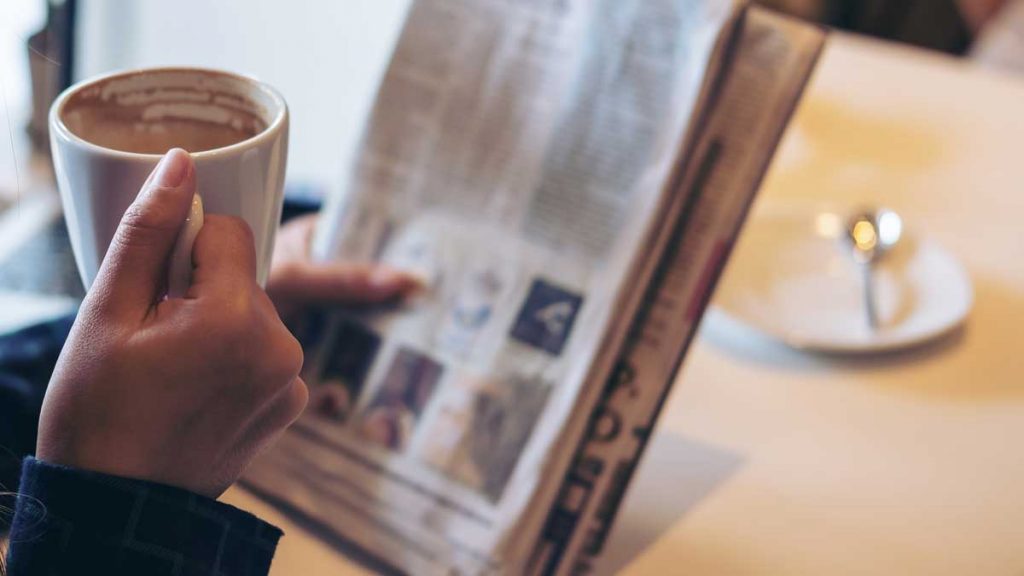
Around the 60s, right in the midst of Italy’s economic boom, we find one of history’s lowest incidences in the newspaper/coffee ratio. In fact, salaries increase, the price of coffee doesn’t increase much, while the price of printed paper increases, reaching a difference of only 10 lire. The sixty coffees a month now affect an average salary of only about 4.9%.
In the 70s, for the first time in this journey of Italian history, the prices of coffee and newspapers are exactly the same: 70 lire.
1980s
In these years, inflation in Italy reached dramatic percentages, even up to 20%. During these times, some countries have managed to raise salaries to allow the population to cope with the increase in the cost of living, which also saw the prices of coffee and newspapers double compared to a few years earlier, leading the newspaper to cost even more than the coffee at the bar.
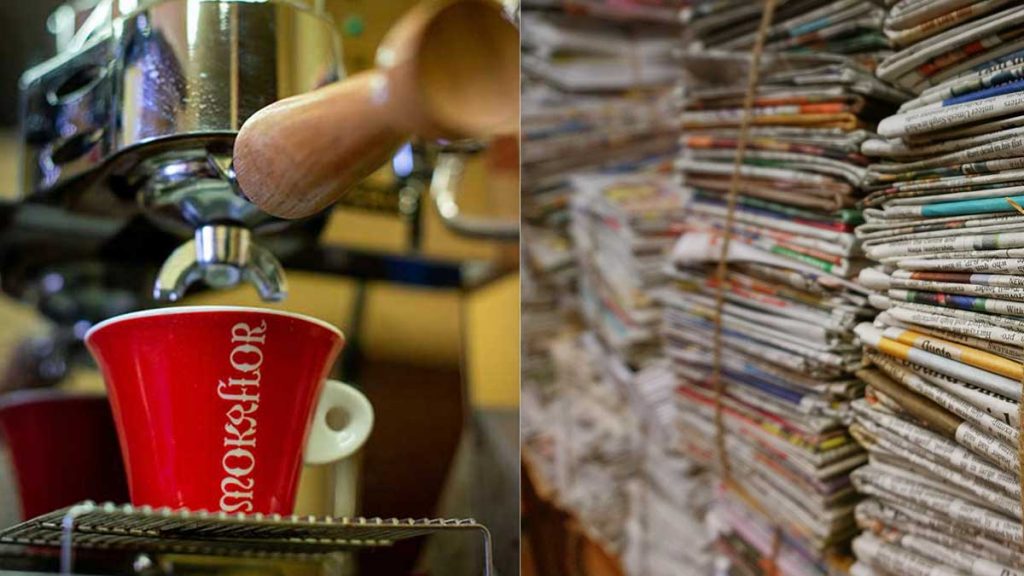
1990s
In these years, wages increase, reaching an average of over one million lire per year. Naturally, also the price of newspaper rises (to 1,200 lire) and that of coffee (to around 700 lire) being now the first now twice as expensive. The price of two coffees a day now weighs less and less on the average salary, around 3.82%, the lowest in history.
In the second part of the 90s, however, the price of coffee makes a huge leap forward (137% more in 1994) above all due to some price increases in the countries of origin and some unfortunate years from a climactic point of view, arriving to twice its price when compared to the beginning of the decade.
The 2000s, the arrival of the Euro and the present day
Arriving to the present day we saw that salaries continued to increase, the price of newspapers, which at the beginning of the 2000s had settled to around 1 €, today reaches an average cost of 1.40 €, while coffee has remained fairly stable at 1€, impacting less and less on the monthly wage.
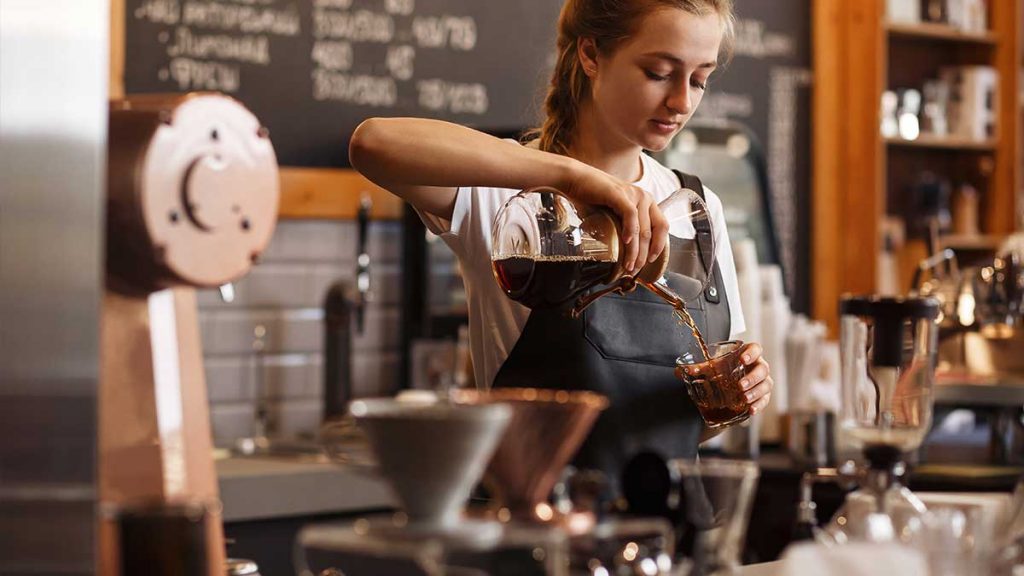
Time travel conclusions
The price of coffee and that of newspapers have almost never been anchored to each other.
Initially, coffee was a “luxury good” when compared to newspapers: over the years, information has almost always cost much more than espresso. We must reflect however on the fact that we’re talking about two completely different products. On one hand, information has changed a great deal over the years and has had to face a lot of competition. Just think about the internet revolution in the world of communication. Very different situations, however, for espresso that has to do with a large and fragmented competition, often incapable of creating added value.
In short, today we should start accepting the fact that quality has to receive a right value, mainly for the many people behind each product, from farmers to journalists, baristas, roasters and newspaper stand owners.
